We get a lot of questions on egg yolk color and I thought it would helpful to share what I've learned and what we are doing to ensure our eggs are the healthiest available.
The challenge for us is that yolk color can be highly variable and surprisingly the color isn't a reflection of the quality of the egg itself.
Many of you read last month's blog post about my concerns about mis-leading claims on eggs in the store and the synthetic yolk colorants used even on eggs at the farmer's market. If you haven't read it, be sure to check it out.
Healthy Pasture
Rather than yolk color, the main thing we are focused on is ensuring great pasture for all the animals under our care. Every year we try to improve things; here is a bit about a recent change that is working well to get lots of greens into our hens' diets.
Normally, hen houses have a sacrificial area right around the coop. No matter how small the flock, they're going to kill the grass that is right next to their shelter. We decided to divide that area up into smaller sections and plant wheat grass in staggered intervals so that we can open up a new section once the grass is ready and close off the ones that are still sprouting. The hens go into these areas in the morning and then the larger pasture (acres) are opened up in the afternoon.
Different Healthy Foods to Eat
I did a lot of research on how the different colorants used in many other operations create the fake dark yolks.
In doing so, I realized that our hens could have paler yolks even if they have LOADS of pasture, just because the mix of pasture greens isn't the exact combination of components needed to darken the yolk.
When you get a paler egg from us, the egg is probably still full of way more nutrition but the handful of colorant carotenes might be in the wrong combination to impact the color.
In the past, we had more legumes in the pasture, but the white clover and alfalfa was replaced over time with other grasses. The hens still love those greens, but I suspect the ratio of carotenes is different and results in a different shade of yolk. The wheat grass, which is very nutritious, seems to contribute to different coloring since they just LOVE those sprouts.
As I mentioned last month, we could simply follow the grocery store eggs and add the synthetic colorants to make the yolks dark colored all the time -- but I am hopeful that through an open door policy, we can re-focus the conversation around higher quality pasture access and thus higher quality and healthier eggs.
After all, green pasture is the key health and animal welfare difference between our eggs and the national brands pretending their hens ever see a blade of grass.
How it works
Here is a photo I took recently of the smaller wheatgrass areas I mentioned. The foreground shows an area that has just been replanted with new organic wheat and the next section shows one that is still growing without hens having access. The larger pasture is mostly to the right of this image, but you can see a strip of darker area just in front of the bales (which leads down to the large green pasture show in the third image).

Here is what the wheatgrass looks like when the hens first get to it:

And here is the larger main pasture. You can see the small sections towards the top of the hill where those white birds are in the second photo:

Most important is the fact that we are always paying attention to these sorts of things and always looking for ways to improve, both for our animals and for our members too. Hopefully this was interesting for some of you. There is simply so much that goes in to all of this and I, personally, find it all fascinating so I wanted to share a little more with you.
We'd love to hear your thoughts on any of this. Are there any other topics or things that you'd like us to share more about? Just let us know!!
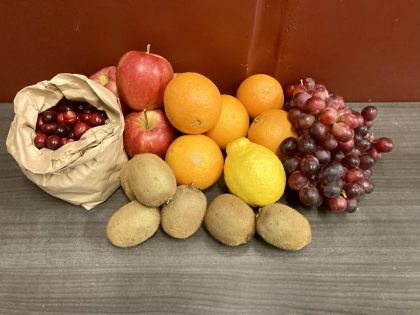
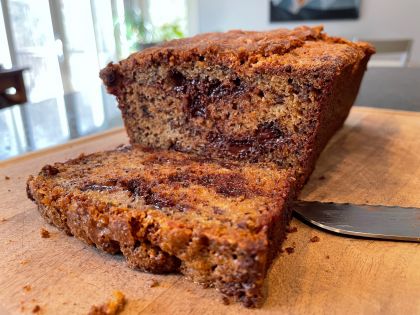
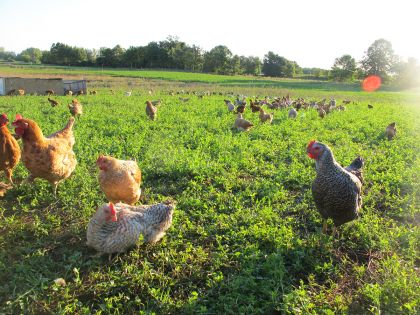
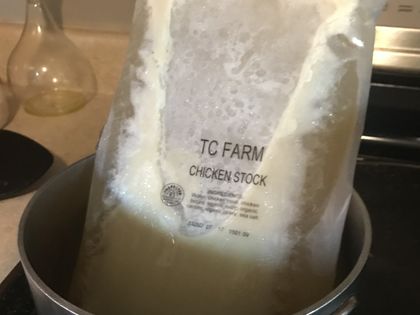
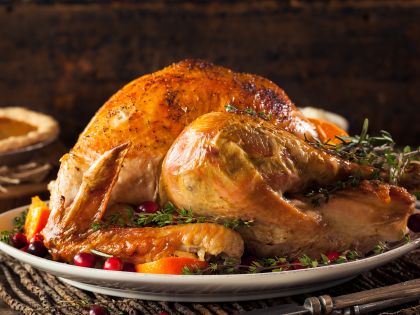
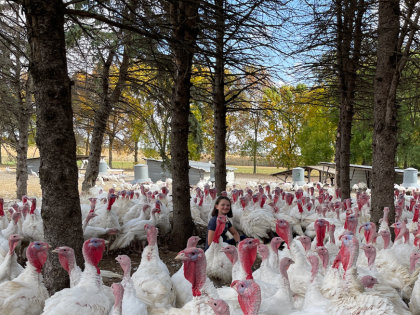
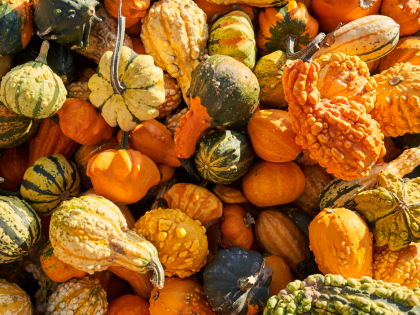
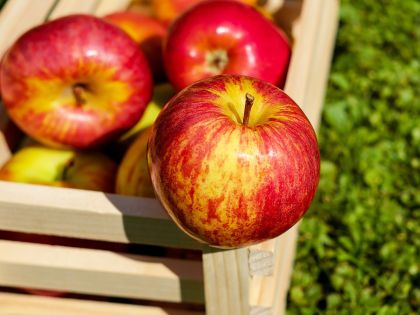

Comments (0)
Add a Comment
Add a Comment